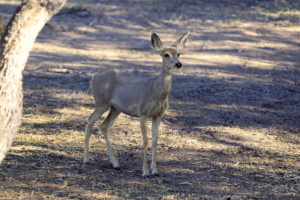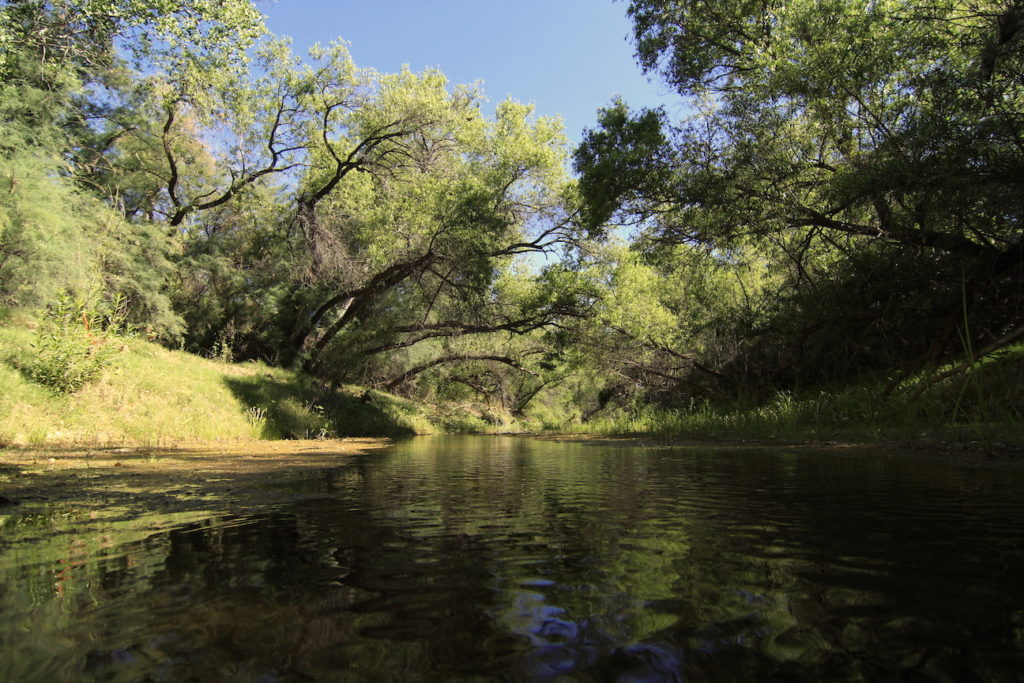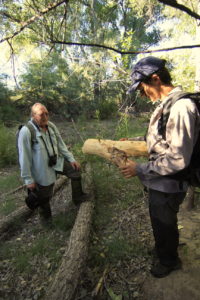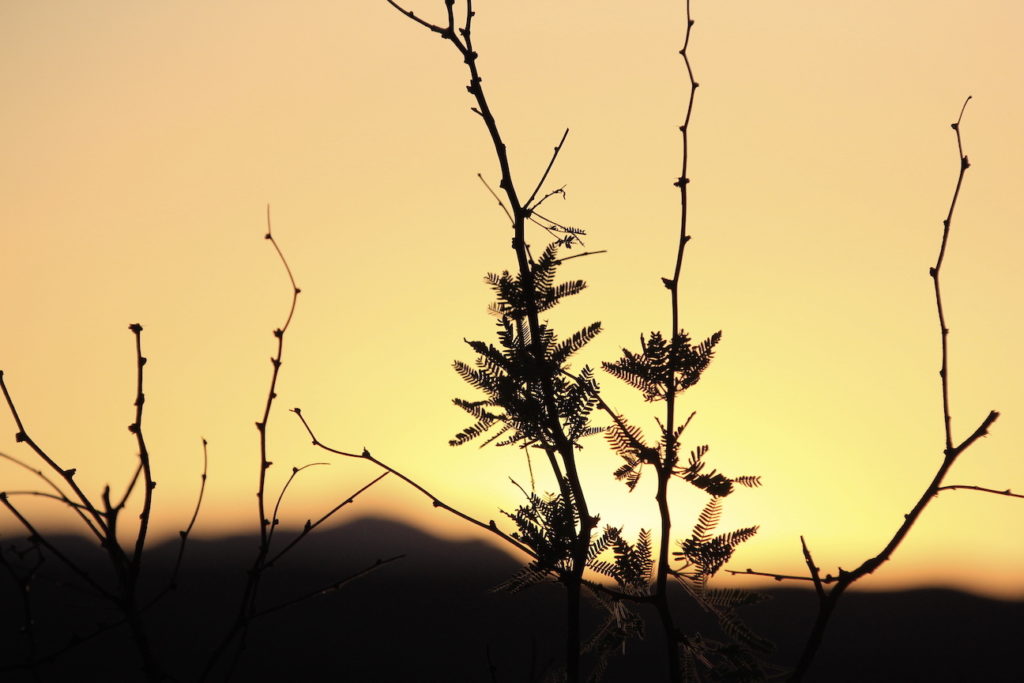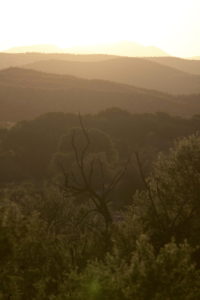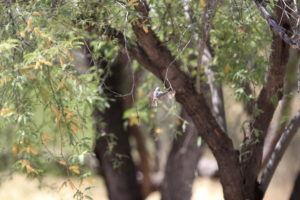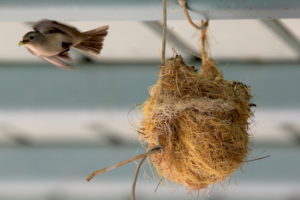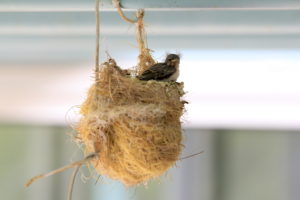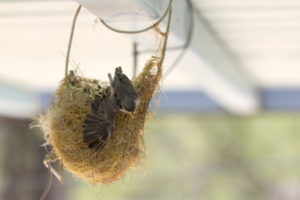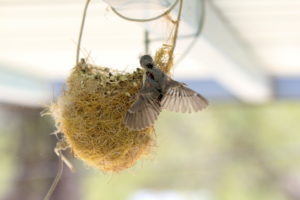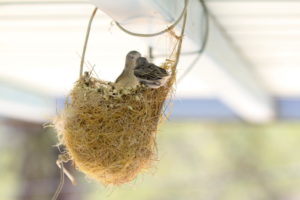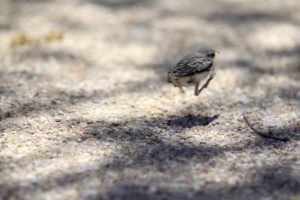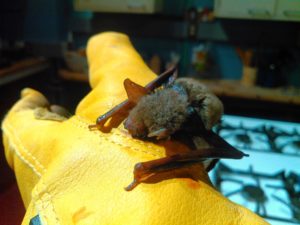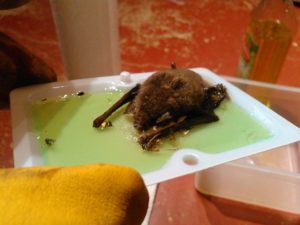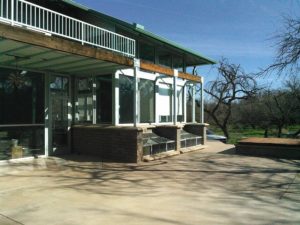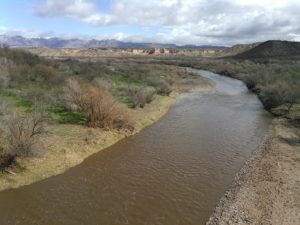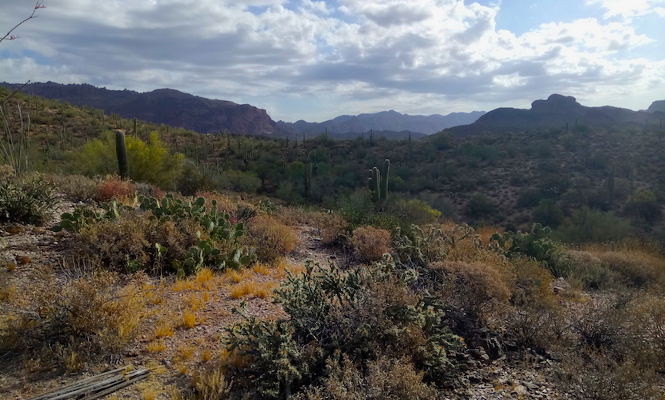The San Pedro – A River Challenged, part 2
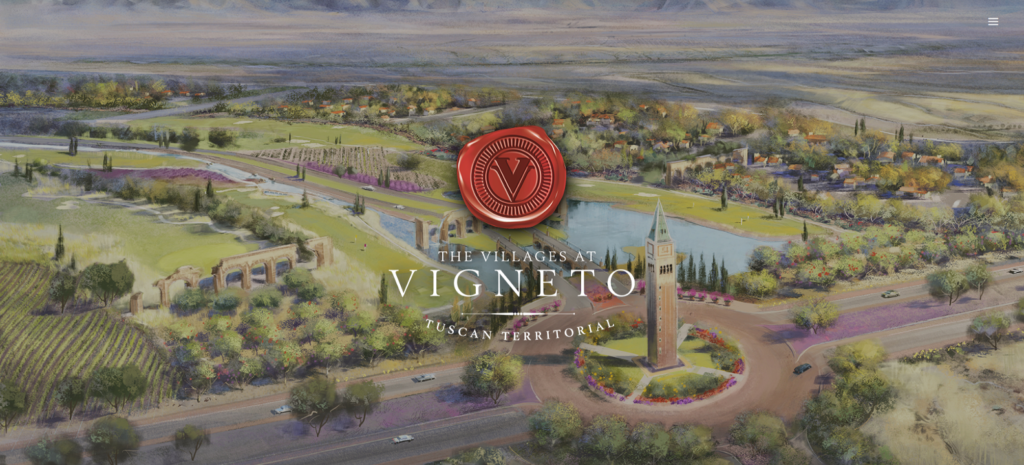
“Imagine a place where you can choose your journey through life. Where you can experience a lifetime of possibilities all in one place. Where you can make new friends and bring your family together. A place you can raise your glass, work, rest or retire. A place where exceptional is an understatement. It’s where you’ve known you always wanted to be — The Villages at Vigneto.”
This photo essay is part 2 of 2, and begins here.
Small communities as with large cities desire to increase their tax base and total revenue. New jobs are welcomed. And as cities continue to increase in size and density, these last, remaining places that remind us of a time before concrete was the norm are appealing. But unchecked development is not the answer, now more than ever. Behind the door dealings, special favors and regulations ignored never result in lasting, positive change.
Continuous, nearly unobstructed development has been business as usual since the end of World War II. The very definition of progress has gone hand-in-hand with demolition and expansion. We continue to hold the highest mark of success in real estate is manipulation of the environment to suit our needs. This is not sustainable. Building a 70,000 person community where only 5,000 currently exists is enough to give reason for concern, but constructing an Italian styled village complete with water ways, lakes, and fake Roman ruins is selfish, ignorant, and simply does not makes sense. The developer claims the village will have no affect on the water table and surrounding desert. That is impossible. They know it. And they don’t care.
As with Gold Canyon and dozens more, pavement will be poured to make for easy driving. Walls will go up to keep the very wildlife out that we used to welcome. Neatly sculpted trails will invoke a sense of walking in the very wilderness that is fenced out. Open spaces will be designated as a homage to what was destroyed. Street names will again be the last tribute to the very desert we cherished, only this time translated into Italian. Vigneto has been met with national criticism in dozens of articles, reports, and TV coverage, some of which are captured here:
Hot pursuit of permit that ‘isn’t needed’ defines Vigneto development controversy
Tucson News, Jun 1, 2019 – Full article
“First, Vigneto’s developers say they don’t need a federal Clean Water Act permit to develop the site. They say they could and will build the project in a different fashion if they don’t get the permit. Second, they want the permit anyway.”Whistleblower says he was pressured by Trump administration
CNN, July 9, 2019 – Full report
“In the summer of 2017, Arizona developer Mike Ingram’s proposed housing and golf course project in the desert was facing a road block because of a decision by the Department of the Interior. A field supervisor for the US Fish and Wildlife Service had determined that it was “reasonably certain” that threatened and endangered species could be harmed. But that decision suddenly changed following a secret breakfast meeting at a Montana hunting lodge between Ingram — a donor to President Donald Trump and co-owner of the Arizona Diamondbacks — and David Bernhardt, then the Trump administration’s deputy Interior secretary.Following the meeting, which did not appear in Bernhardt’s official calendar and has not been previously reported, the field supervisor says he was pressured to reverse his decision, allowing the project to move ahead. “I felt pressured to reverse my decision … in simplest terms, I was rolled,” Steve Spangle, then a 30-year veteran of the Fish and Wildlife Service, told CNN in an interview. “I made a decision, which was my authority to make in Arizona, and that was overruled by higher-ups in the administration.”
Villages at Vigneto decision targeted by Grijalva
Herald Review, Jul 20, 2019 – Full article
“The backlash to change a U.S. Fish and Wildlife Service (FWS) opinion on the need for an environmental assessment to be completed before moving forward on a massive Benson development has been resounding across the nation.”Housing development near San Pedro River gets green light, again
Arizona Public Media, August 8, 2019 – Full article
Tricia Gerrodette is a longtime advocate for the San Pedro River. “I still find it incredibly hard to believe that a project of this size has never had an official environmental impact statement done on it. And that’s just wrong,” she says. Gerrodette and other project opponents are concerned about how the development will affect the river, including depleting groundwater and damaging prime riparian habitat and endangered species.”Lawsuit challenges federal approval of Benson project near the San Pedro River
Tucson News, Aug 24, 2019 – Full article
“The lawsuit is the latest in a string of suits challenging the Clean Water Act permit for the 28,000-home Villages at Vigneto project. On July 26, the U.S. Army Corps of Engineers reinstated the permit for the project that it had approved in 2006 but later suspended.” and “Steve Spangle, former longtime head of the wildlife service’s Arizona office, told the Arizona Daily Star this spring that he was pressured by his supervisors into scaling back how broadly the feds analyzed Vigneto’s environmental impacts.”Court asked to vacate Corps decision on Vigneto permit
Herald Review, Aug 31, 2019 – Full article
“Earthjustice is asking the court to ‘declare the Corps violated the Clean Water Act by granting the 404 Permit without objectively analyzing whether granting a permit was the least environmentally damaging practicable alternative and without adequately mitigating the impacts of the 404 Permit or ensuring that granting a 404 Permit is in the public interest.'”Feds reissue permit for 28,000-home development near San Pedro River
AZ Central, Aug. 8, 2019 – Full article
“The Army Corps of Engineers has given a green light to a developer that plans to build a 28,000-home development near the San Pedro River in southern Arizona, reissuing a permit that was suspended in response to a legal challenge by environmental groups.”Villages at Vigneto will impact the San Pedro River. Not even slick PR can hide that
AZ Central, Sept. 27, 2019 – Full article …
“The San Pedro River is the last free-flowing river in the desert Southwest and one of the nation’s environmental crown jewels. It provides crucial habitat for about 45% of the bird species in North America and is home to a rich variety of native wildlife. Millions of songbirds migrate through this birding mecca every year. The river’s health is critical to the long-term survival and recovery of endangered species, including the yellow-billed cuckoo and the Huachuca water umbel.But the river is in trouble. According to reports by the U.S. Geologic Survey and the Upper San Pedro Partnership, excessive groundwater pumping has depleted the aquifer that feeds the river, creating a groundwater deficit that leaves the San Pedro River with little or no water to spare.”
The battle over Villages at Vigneto is much bigger than you think
AZ Central, Sept. 30, 2019 – Full article
“Because even if the nearby San Pedro is the Southwest’s last free-flowing river, and there has been plenty of study on how groundwater pumping may impact its flow, much of that data is piecemeal and concentrated on the Sierra Vista area. Areas further north are much more of a mystery. And that makes them a case in point, because many rural Arizona communities lack this sort of data.”
The magic of a place like the San Pedro is not in what we do to manipulate the land, but in how we adapt to enjoy what is here, waiting for us to discover. Javelina, deer, fox, hawks, owls, wild turkeys, bobcats, mountain lions, bear, snakes and 350 species of migratory birds remind us that we are the visitor. Take these few remaining places that hold some semblance of a natural world, and you have taken everything.
Learn more about the San Pedro and the annual river mapping.
